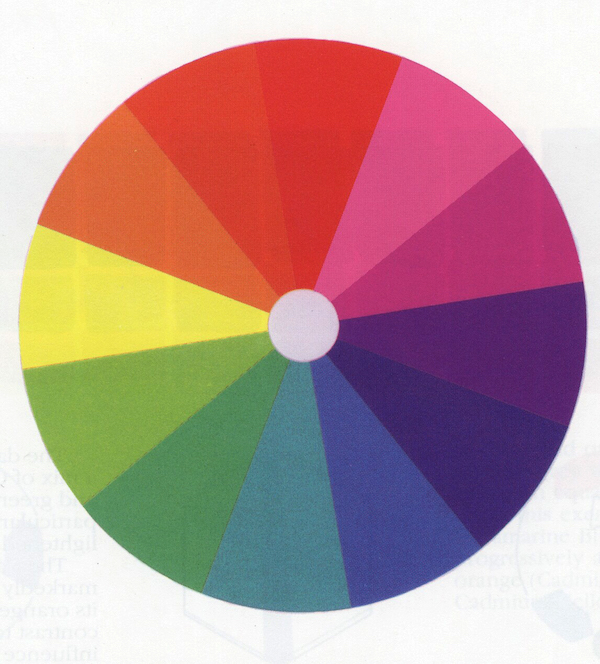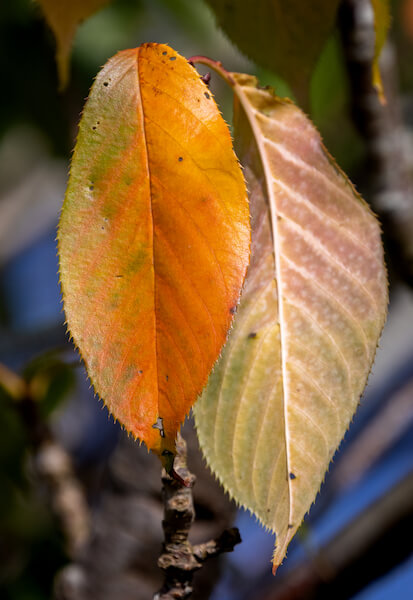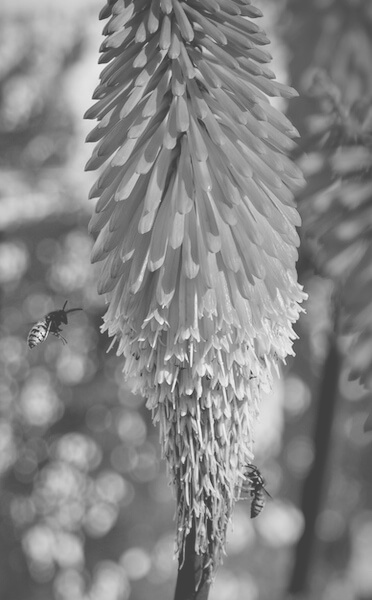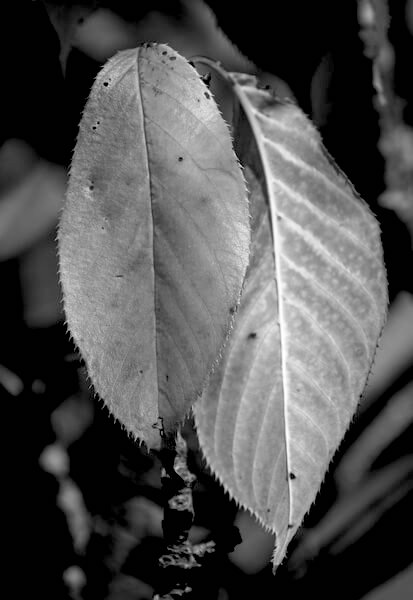- Home
- Colour Theory
- Basic colour wheel
How to Use a Basic Colour Wheel to Create Stunning Coloured Pencil Art
Colour theory is a crucial concept for artists to grasp, and there's no better place to start than with the basic colour wheel. This simple tool is an artist's secret weapon, offering a comprehensive guide to creating harmonious and striking colour schemes.
The colour wheel is a convenient circular layout of primary, secondary, and tertiary colours, an essential resource for any art enthusiast.
You can pick one up from an art store, or better yet, create your own! It's a fun project that will enhance your understanding of colour relationships and give you the chance to experiment with different combinations.

The basic colour terms
Primary colours are the building blocks of colour theory, as these cannot be mixed or created by other colours. They stand alone with their unique hues of red, yellow, and blue.
Secondary colours are created when you mix, or layer, two primary colours - so the result is orange when you combine yellow and red, green when you mix blue and yellow, and purple when you mix red and blue.
Then comes the tertiary colours, formed by combining primary or secondary colours with their adjacent neighbours on the wheel. These add a whole new dimension, creating a range of subtle nuances. Here are some examples: red-orange, blue-green, and red-violet.
Choosing Harmonious Color Combinations
The colour wheel is a powerful tool for visualizing and selecting colour combinations that work in harmony.
Whether you're an artist working with pencils or paint, the wheel can guide you towards stunning pairings.
Opposite or complementary colours on the wheel create a bold, high-contrast look, while colours adjacent to each other produce a more subtle effect.
You can also experiment with triads, combining three colours that form an equilateral triangle on the wheel, for a more complex but rewarding harmony.
Understanding these relationships ensures your colour choices complement each other, enhancing the impact of your artwork. It's a subtle science that makes a world of difference!
Analogous colours
There is no right or wrong answer when it comes to colour preference.
Using colours located close to each other on the wheel is known as an analogous colour scheme. This approach lends itself to harmonious compositions, as seen in nature's lovely autumnal palette.
In the photo below, the yellow-green, yellow and orange leaves work well as they are close to each other on the colour wheel. The complementary spots of blue in the background create a pleasant contrast that makes the analogous colours stand out.
 The leaves have an analogous colour scheme
The leaves have an analogous colour schemeShifting our focus slightly on the wheel can reveal other beautiful combinations, such as the warm yellows, oranges, and reds in the photo of a red hot poker flower.
Against a more subdued background, these colours pop, creating a striking contrast.
 Analogous colours work well in this photograph
Analogous colours work well in this photographCreating contrast through colour temperature - warm and cool colours
Another important aspect to consider when choosing colours is temperature.
Warm colours (reds, oranges, and yellows) tend to come forward, while cool colours (blues, greens, and purples) recede.
Using warm colours in the foreground and cool colours in the background can create a sense of distance and depth in your coloured pencil art.
Value and Contrast
We must consider value - the relative lightness or darkness - when choosing a harmonious color scheme.
The easiest way to determine the value of an image is to change it to grey-scale in a photo editing app by moving the saturation slider until no colour remains.
I changed my red hot poker image to grey-scale, resulting in less contrast between the flower and background and a less attractive picture. Converting an image to black and white quickly reveals how value impacts the overall composition and visual appeal.
 Grey-scale version of the photo shows it is made up of mainly mid tones
Grey-scale version of the photo shows it is made up of mainly mid tonesThe photo of leaves has a good range of values, from yellow, yellow-green, orange, and red-orange to darker greens, brown and even blue in the background, creating contrast.
A range of values within an image makes it appear more balanced.
 Contrast between the values of the leaves and the background
Contrast between the values of the leaves and the backgroundDarkening an image can be achieved by using a darker shade of the same colour or adding a touch of black. However, be cautious: overusing black can disrupt the harmony of your piece. For a more harmonious effect, consider using a complementary colour instead!
To lighten a colour, use a white pencil as a base layer before applying the desired colour. Remember to apply the white pencil with a gentle hand, as too much pressure can make the paper too saturated, limiting your options for additional layers.
When creating a harmonious colour scheme, use a variety of values to generate interest and visual balance.
The basic colour wheel can help you here too.
Some colour wheels are double-sided, showing pure colours on one side and their corresponding tints and tones on the other. Adding white creates tints, while adding black produces tones.
However, using a dark colour, especially a complementary one, can create a more natural look when shading, than black.
Before you go
By understanding the colour wheel and applying these colour theory principles, you can improve your coloured pencil drawings and create stunning, harmonious artwork.
Experiment with analogous colours, complementary colours, colour temperature, and value to find the perfect combinations for your unique style.
Start your colour theory journey today and watch your art come to life with vibrant, eye-catching colour schemes that captivate your audience.
Happy drawing!


